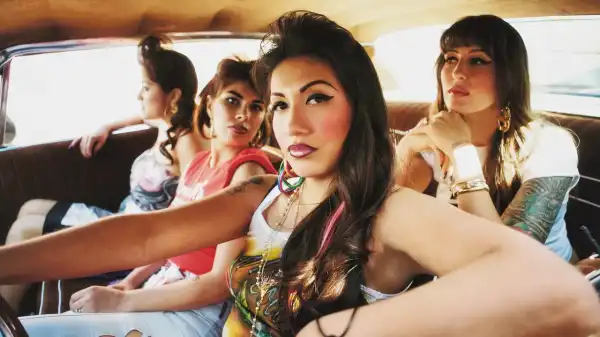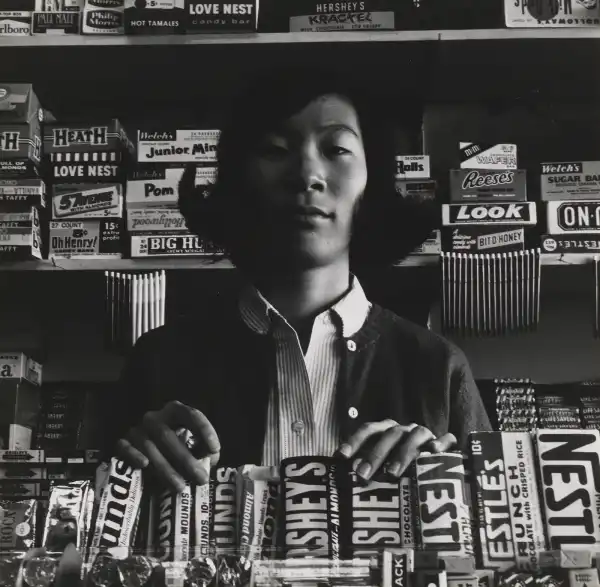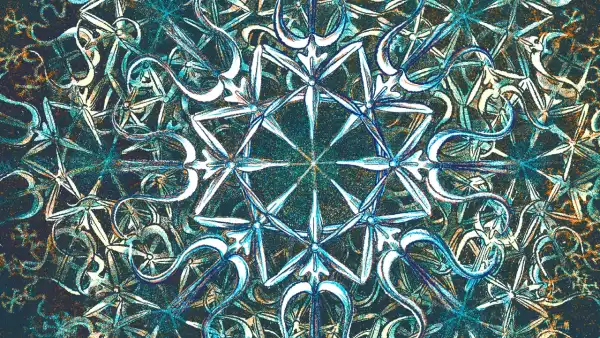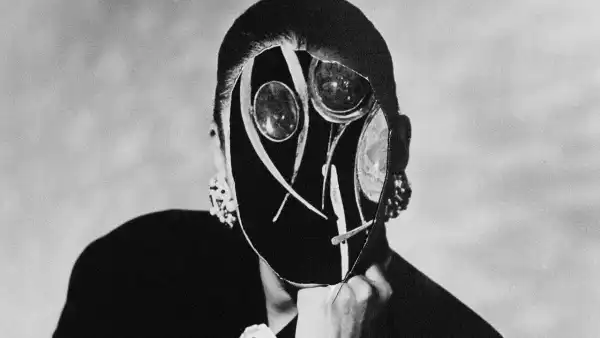
Save this storySave this storySave this storySave this story
One of the most unusual works of art in the Rijksmuseum in Amsterdam is a painting by Jan Jansz Mostaert, who was born in Haarlem. It dates from 1535 and is called Landscape with an Episode from the Conquest of America. On the right side of the picture, a detachment of soldiers, armed to the teeth and accompanied by a pair of gun carriages, is seen moving along a ravine. They have obviously just landed; a strip of beach can be seen behind them. An angry group of people, whom Mostaert, who had never crossed the Atlantic, imagined as inhabitants of the New World, are preparing to meet them. They are mostly men, some of them elderly, all white and naked as babies, waving longbows at their aggressors. Around them, the landscape seems no less fantastical – jagged outcrops of pale rock rise above low brown hills. A bearded old man in a cage of wooden bars watches the scene from above. In the foreground, away from the hustle and bustle, a rusty-red cow is grazing peacefully, and a hare is shown jumping. A monkey sits on top of a broken tree, turning towards us as if asking, “Which animal is this?”
Step away from Mostaert’s painting and into another wing of the museum, and you’ll find another group of Americans defending their traditions. Specifically, four young Latina women in a car, all wearing brightly colored jewelry, three of them with tattoos. Their makeup is a work of art in itself. The photo is called “Homegirls, San Francisco” and dates to 2008. It was taken by photographer Amanda Lopez, who was born to Mexican parents in Sacramento and became interested in lowrider culture. (“I grew up with my cousin and his dad, and they were always fixing Impalas,” Lopez said in a 2023 interview.) The image, part of a series of lowrider photographs acquired by the Smithsonian, focuses on the driver, who rests his elbow on the lip of an open window and looks straight at us with a confidence that’s both provocative and relaxed.

“Virginia,” 1965. Photograph by Irene Poon/Courtesy of the San Francisco Museum of Modern Art, Gift of Charles Wong, Irene Poon Photograph Archive, Department of Special Collections, Stanford University Library
“Homegirls, San Francisco” is part of a major exhibition, “American Photography,” running at the Rijksmuseum through June 9. The show is, in a real sense, omnipresent. Rather than following a strictly chronological order, it jumps between decades. The rooms are organized by theme. The portrait section, for example, features both a rare daguerreotype from 1840—a photograph taken by Henry Fitz Jr. of his own face, with his eyes closed, as if he were sleeping—and a stunningly detailed inkjet print by Brian Schutmaat from 2010. Titled “Paul, Bozeman, Montana,” it shows a guy at a bar in a blue T-shirt and jeans. His lost, tearful gaze, as well as the wrinkles on his forehead and his greying beard, make you wonder what suffering this poor fellow has endured, and involuntarily take your thoughts to the second floor of the Rijksmuseum, where Rembrandt's forehead, visible in his Self-Portrait as the Apostle Paul of 1661, is also split by care. The two men could be brothers, although only one of them is holding a mug of beer.
Sourse: newyorker.com






